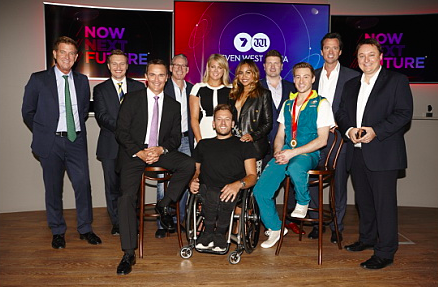How Seven has pivoted its message to the online video market
 This week Network Seven began its annual presentations around its 2016 lineup. Nic Christensen talks to senior media buyers about the Seven’s strategy and what it means for the broader market.
This week Network Seven began its annual presentations around its 2016 lineup. Nic Christensen talks to senior media buyers about the Seven’s strategy and what it means for the broader market.
Sometimes it’s the simple things that stand out in TV line up presentations.
This year Network Seven deliberately junked the familiar “Upfronts” label for its annual presentation in favour of calling them something else – Newfronts.
It’s a phrase that was coined in the US by the IAB – and the Newfronts are the place where the big global digital players present their latest products to media buyers and their views of the evolution of digital.


“While OMD’s head of trading Melissa Hey likewise said:”
Said what? The suspense is overwhelming.
7Sync? Sounds like a bathroom supplies shop.
One has to wonder what Google will put in the market given they are the biggest digital video player in the market followed by facebook. At the end it comes down to credibility and who is marking who’s homework…..